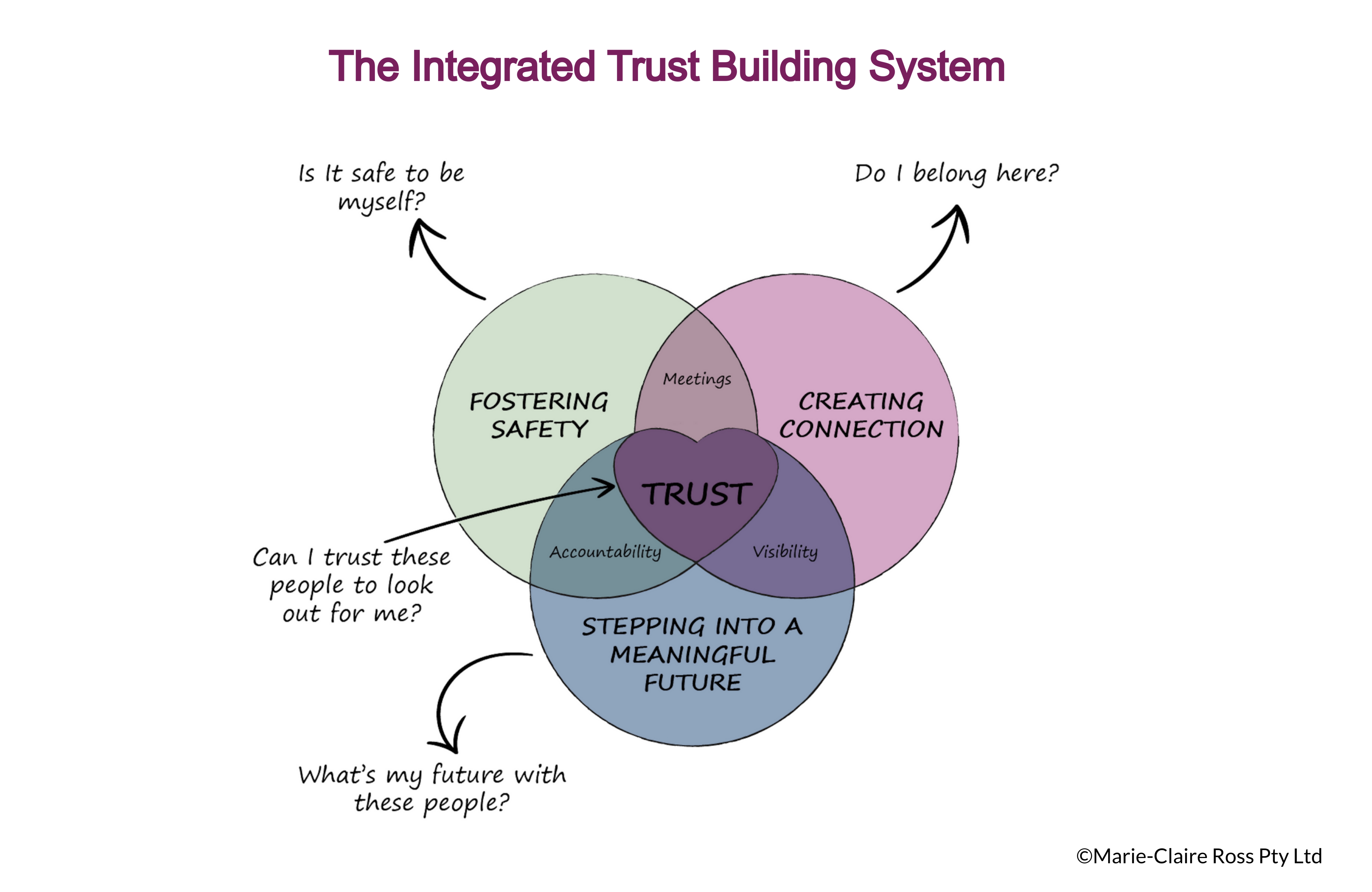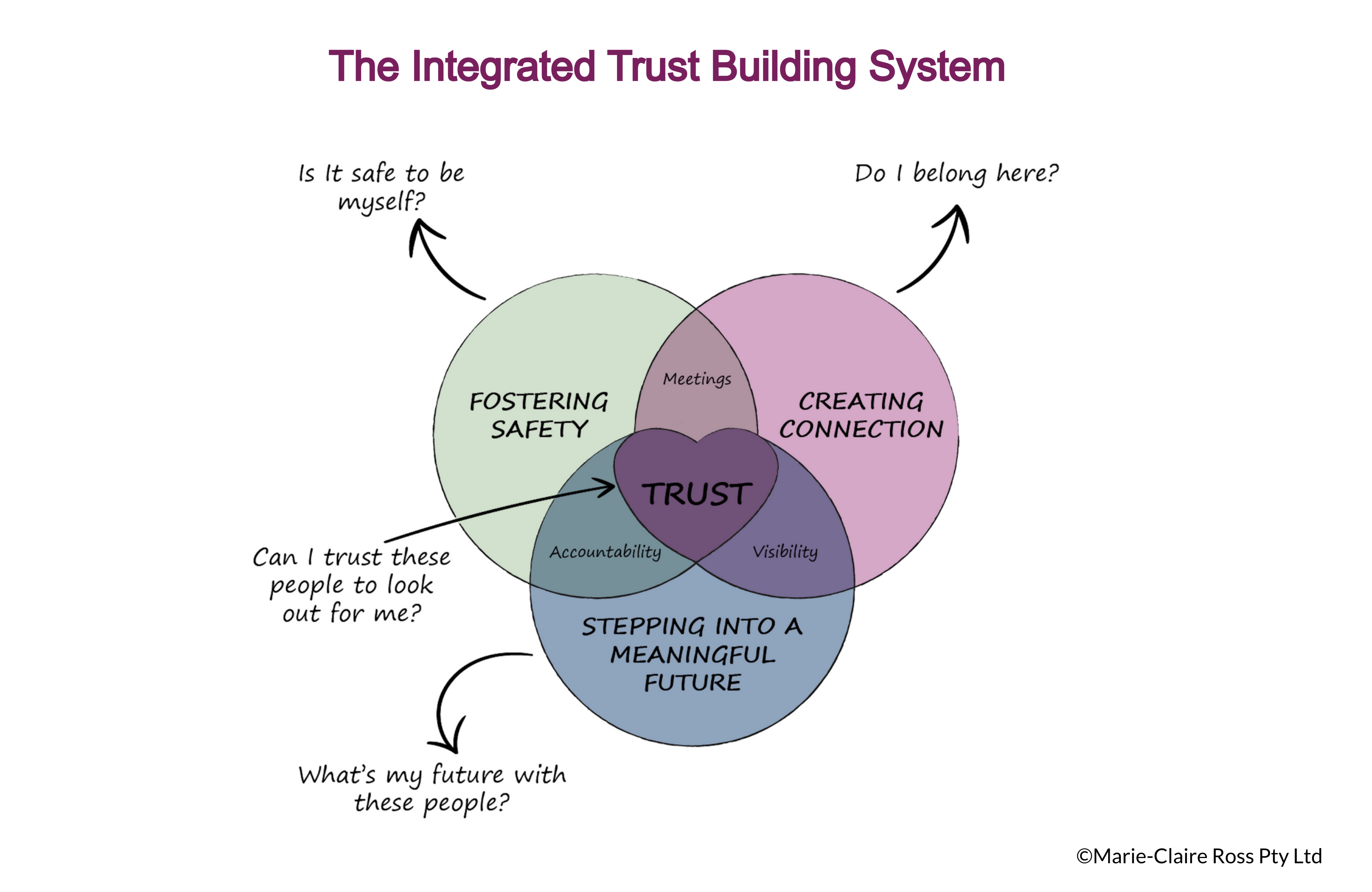
One on ones serve as a powerful tool for fostering stronger, more trusting relationships with each of your team members.
According to Gallup, employees whose managers hold regular meetings with them are almost three times as likely to be engaged as employees whose managers do not hold regular meetings with them.
One-on-one meetings are not only effective to improving employee engagement, but they are also important to build rapport between managers and their employees.
The result is increased trust and connection and strengthening the manager-employee relationship. Making it much easier to align on team goals, have performance review conversations and discuss potential issues. It also provides space for managers and their direct reports to consider not only their career growth but even, personal development.
When I speak to individual employees about what they think about their one on ones they almost speak in guilty terms about how much they suck.
What is meant to be a wonderful opportunity for managers to build a relationship with their direct reports ends up eroding trust.
These are the key issues:
Employees feel let down that their 1-on-1 meetings keep getting rescheduled sending a powerful message that they are not valued and their time isn't as valuable as their manager's time.
Make sure you keep this time sacrosanct and do not cancel upcoming meetings.
One on ones are used as an opportunity for managers to focus on negative feedback, rather than productive conversations that show they support their direct report. Employees get confused when they are told to change or improve, but are given no clear direction, constructive feedback or performance goals.
The truth is that the one-on-one meeting is the perfect opportunity for managers to connect with employees at a personal level. It is dedicated time to get to know them, be seen as supporting their career development, rather than time to focus on negative feedback. This ensures you build a safe space, so that you can have difficult conversations more easily (at another time).
A big complaint about one-on-one conversations is that they lack direction. The manager asks some general questions, the conversation goes nowhere, so it then becomes "well, now I've got you here" and the discussion goes to company problems rather than provide an opportunity for employees to discuss their professional growth. It becomes another work meeting and the employee leaves feeling deflated and ignored.
Having a collaborative agenda that is based on what employees need to accelerate their professional development is key.
If you are like most managers, you run a one-on-one meeting based on how your previous managers have run them with you. And you run them because you know they are important to build connection.
Most of you are probably ensuring you don't do what bad managers have done to you in the past, so you start with some friendly chit chat, give positive feedback and then ask some questions. You probably focus on tasks and status updates.
It might seem to go well the first few times, but then you notice your direct report is often quiet and they don't have much to say. So you reduce the frequency or one-on-one time. When you do run an infrequent 1-on-1 meeting, your direct report has so many complaints and key issues that you find your one-to-one meeting goes for over an hour.
And the problem isn't so much that your direct report is an introvert or even a complainer. The biggest problem is that you haven't been taught a structured approach to ensure a productive meeting.
If you ask employees to talk about their positive 1-on-1 meeting experiences it was when the meeting was all about them.
Current goals and action items from the last meeting were discussed and followed up. What their boss expected of them was clarified, so they could stop second guessing and stressing themselves around their decisions. And they felt like somebody had their back instead of being left to my their devices.
Typically, the employee got to do the most speaking.
According to Stephen Rogelberg, in the HBR article "Make the Most of your One-on-One Meetings," 50-90% is the ideal talk time of an employee in effective 1-on-1 meetings.
It's a misperception that one-on-one meetings are for managers. They are for direct reports. It's their time to ask questions about career growth or projects. It's also an excellent opportunity to get the support they need and better understand the meaning of their work and their professional development opportunities.
Feeling heard, valued and appreciated helps employees feel that they can trust their boss which makes them feel more motivated to make progress towards goals.
In the Integrated Trust Building System, from the book, Trusted to Thrive, (get a free chapter here) one on ones are important interactions that leaders need to do that sit in the intersection between safety and connection (where it says meetings, in the diagram below).

Our brains need three factors to trust our boss, our teams and our company. They are safety, connection and future. As humans we perform better, when we can ask questions around these three domains.
In one on ones, leaders need to provide the space for employees to ask questions, so that you can help them feel safe, connected and part of the team goals. This includes:
Fostering safety - Help people feel safe to learn, improve and share concerns.
Creating connection - Help people feel connected to you and the team. Provide clarity around purpose and meaning of their work.
Meaningful future - Demonstrate that people have future opportunities, career progression and you are all working towards a bright future.
These all work towards creating mutual trust. Where both you and your direct report work together to understand and trust one another.
And this requires that employees are given the autonomy to lead with their own one-on-one agenda. What I teach in my Mastermind programs and coaching, is how leaders can run a one on one that covers these three important domains. But they don't choose the one-on-one meeting questions - their direct report does.
When people complain about one on ones, it's usually because they are task focused and not meaning focused. Employees enjoy one on ones where they can ask questions about their future and have career conversations with their manager. Revamp your one on ones so that they have a career development focus. Employees feel more excited and inspired about the future, when there is a focus on the positive future that awaits them. It also works towards helping them build a growth mindset.
Because that's what inspires employees and keeps them loyal to the company. After all, a 2019 Gallup survey found that 51% of exiting employees say that in the three months before they left, neither their manager nor any other leader spoke with them about their job satisfaction or future with the organisation.
While the biggest challenge with a 1-on-1 meeting is that most managers haven't been trained to run them effectively, the best thing you can do to improve them is to use a meeting agenda.
Great one on one's have agenda items that are co-created with the employee and their manager. This gets employees to buy-in to the process and more likely to contribute.
The benefits of a meeting agenda ensures that your 1-on-1 meetings are more strategic, employees have more of say in the discussion and you provide the right structure to help employees think more deeply about their needs to excel in their current role (and beyond).
Otherwise, without a meeting agenda a 1-on-1 meeting can get lost at sea. They go overtime, they touch on the wrong subjects and they forget the most important person in the room - the direct report and addressing their practical and personal requirements.
If you want to learn The Art of Building Safe and Trustworthy One-on-Ones and get access to a game changing one-on-one meeting agenda template, come and join the Tribe of Trusted Leaders - Leadership Mastermind Program. There are a couple of places left.

One on ones serve as a powerful tool for fostering stronger, more trusting relationships with each of your team members.

In last week's article, I talked about why you need to love one-on-ones. They really are such a powerful trust and connection building tool with your direct reports.